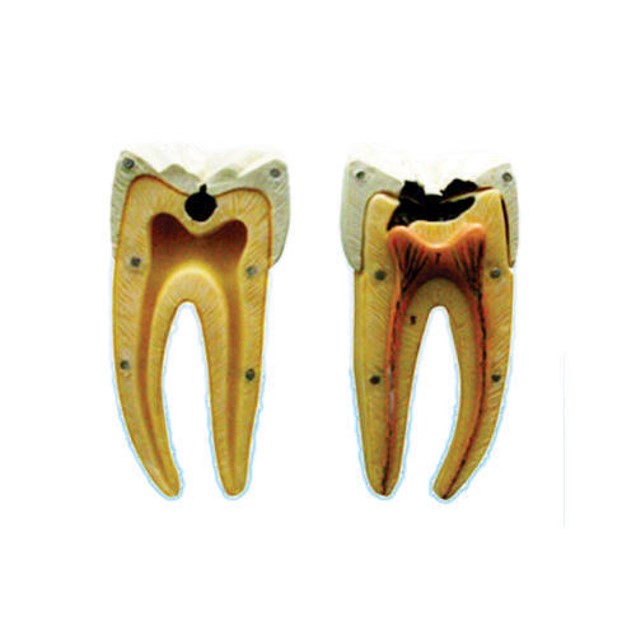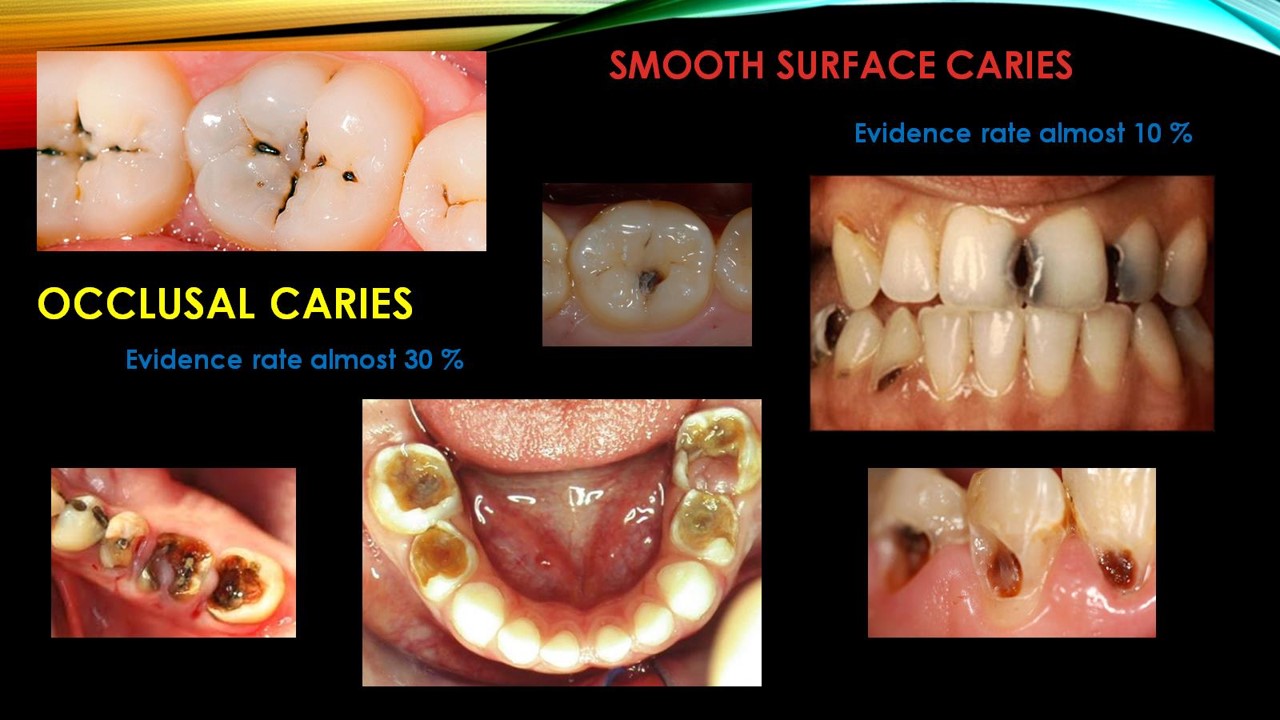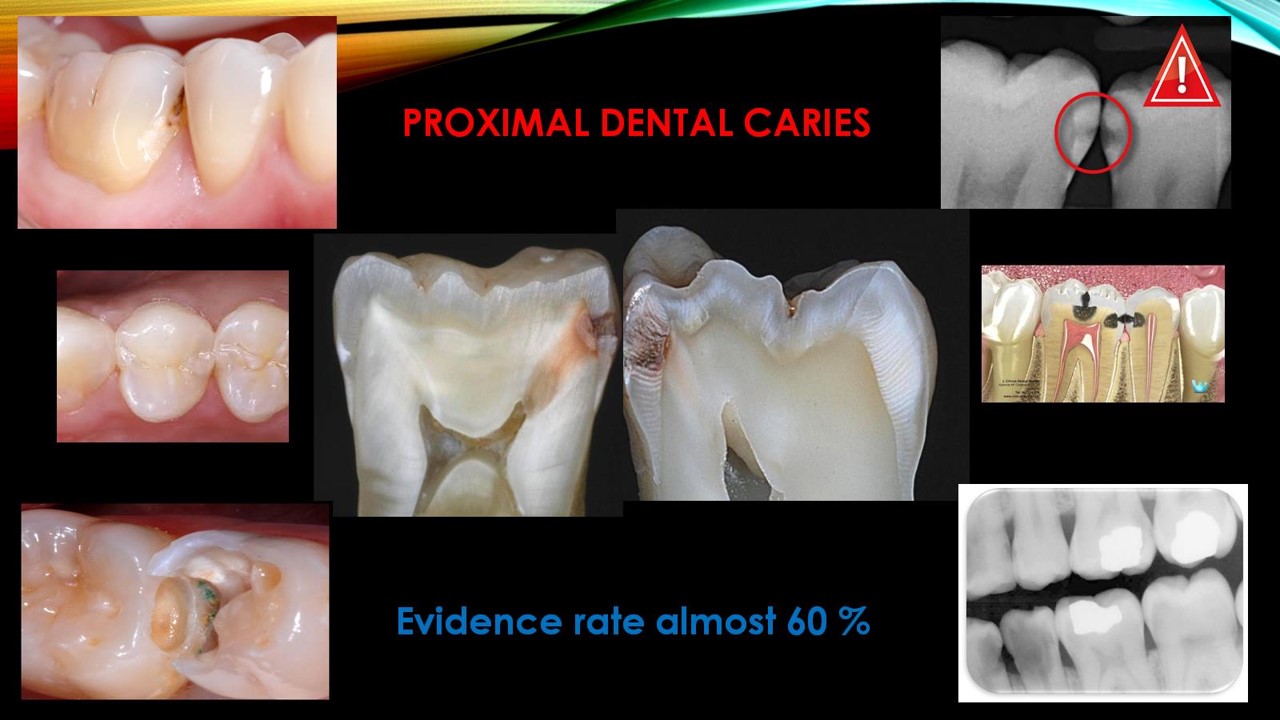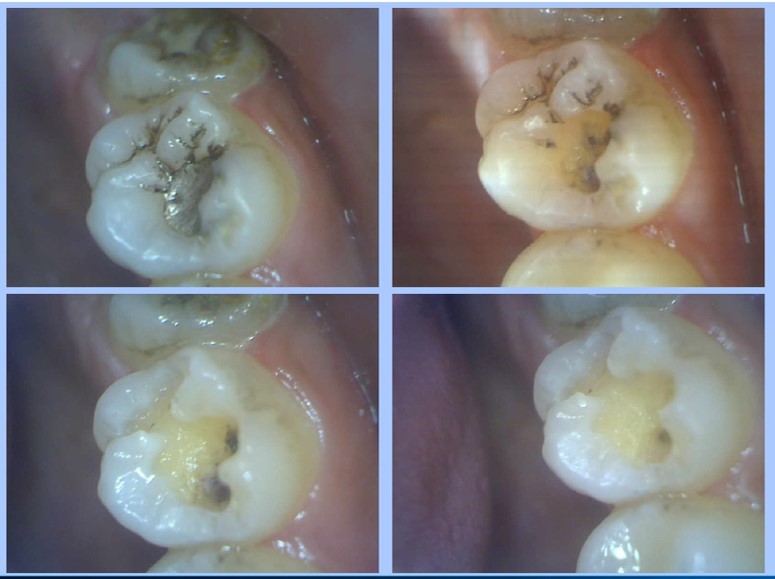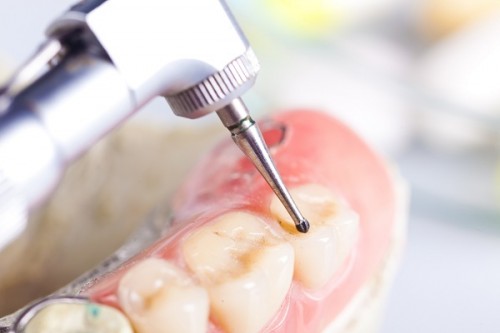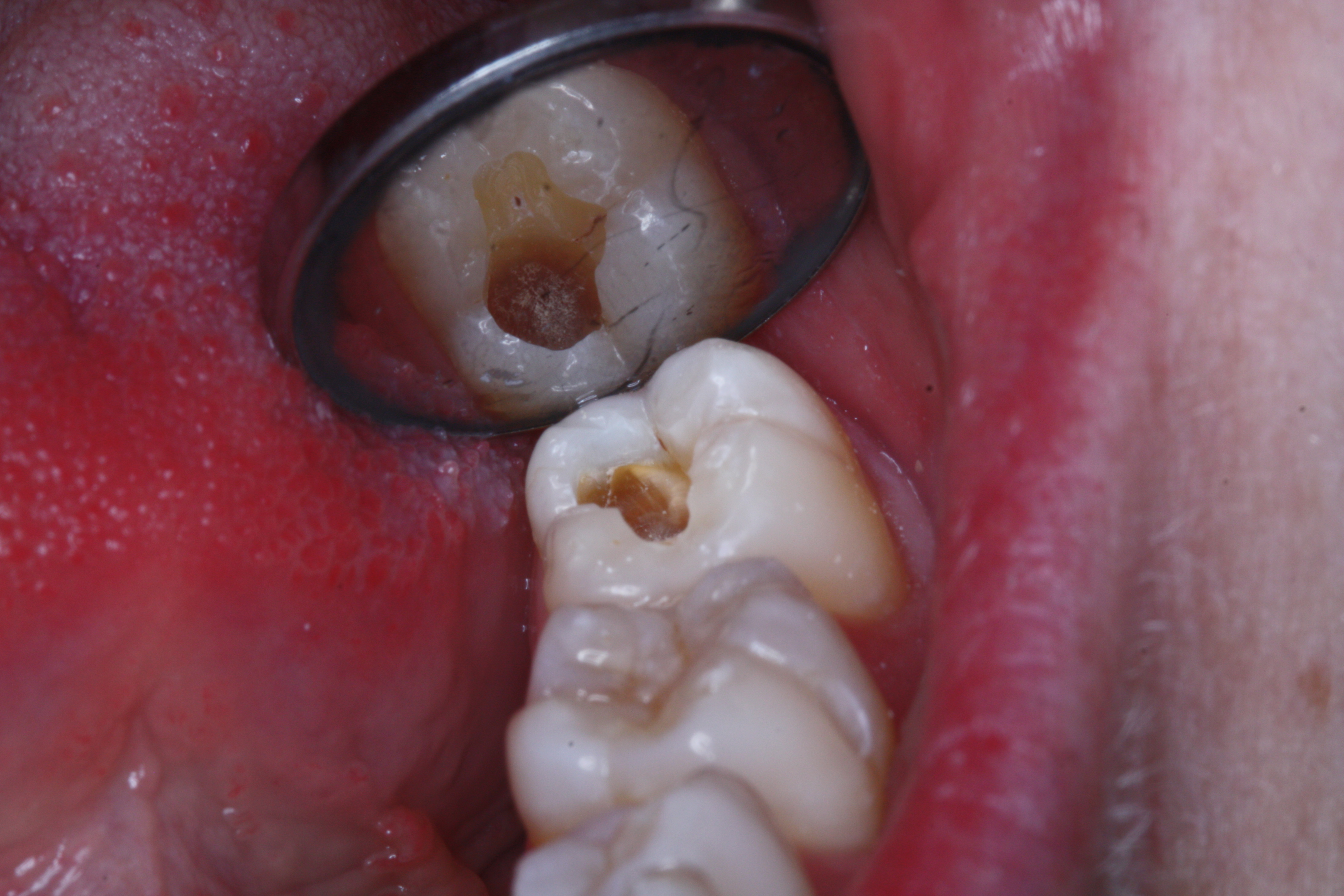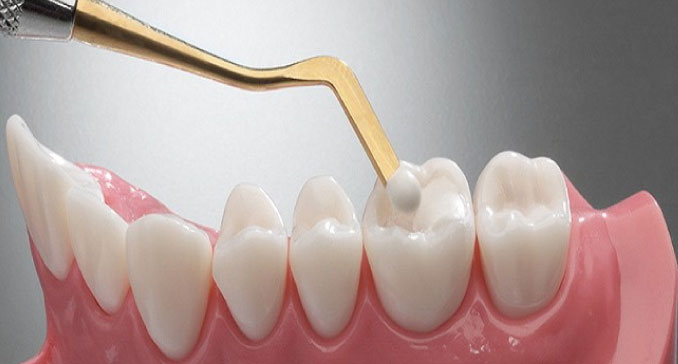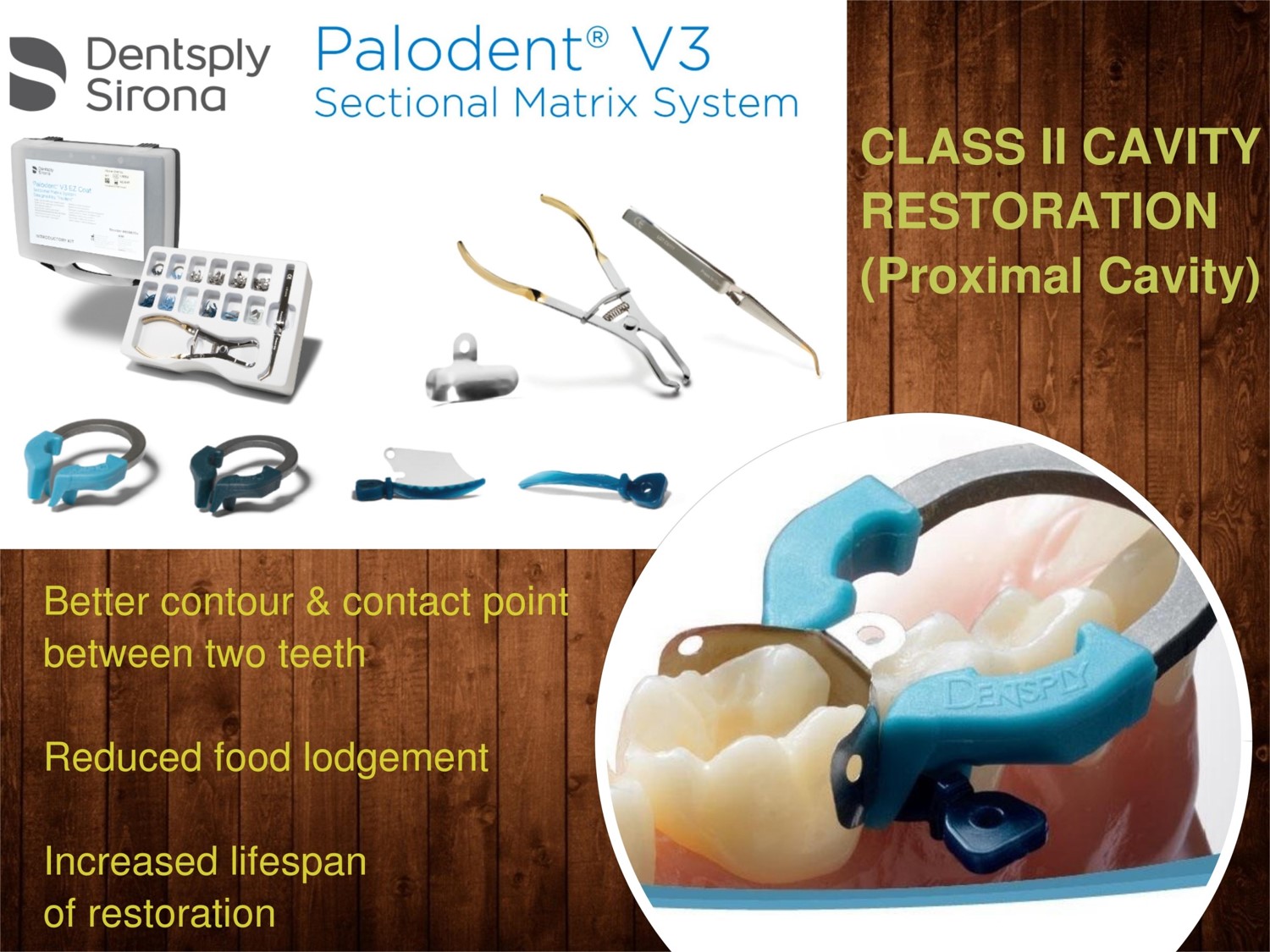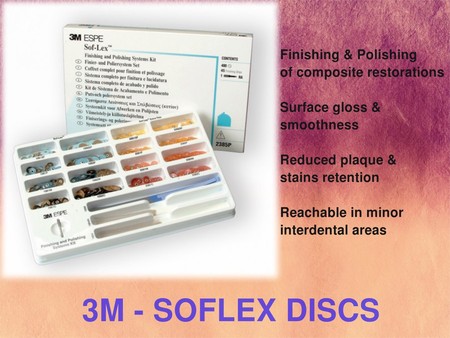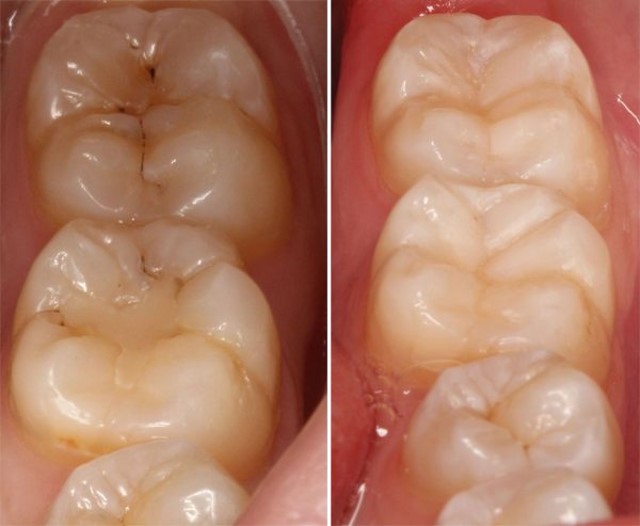1. How much time is needed for one tooth filling ?
Usually it takes single appointment for single filling. we need total 30 mins to 1 Hour of working time.
2. What is Amalgam tooth restoration ?
Dental amalgam is a metallic restorative material composed of a mixture of silver–tin–copper alloy and mercury.
The unset mixture is pressed (condensed) into a specifically prepared undercut tooth form and contoured to restore the tooth's form and function.
3. Do we still perform amalgam restorations ?
Amalgam has been used in dentistry since about 150 years and is still being used due to its low cost, ease of application, strength, durability, and bacteriostatic effect.
But due to innovations of upgraded & advanced materials like resin based cements ( Composites ) use of amalgam has reduced drastically.
4. What are Other materials available for tooth restorations ?
1. Zinc Oxide Cement
2. Glass Inomer Cement
3. Zinc Phosphate Cement
4. Zinc Polycarboxylate Cement
5. Composite Resin Cement
6. Resin modified glass-ionomer cement (RMGIC)
7 . Compomers
8. Cermets
9. Indirect restorative materials - Porcelain Inlay.
5. Why Composite tooth coloured restorations are so popular ?
"The superglue of dentistry"
Composite resin is a plastic tooth-coloured material that is used as a filling. It is also called a white or plastic filling. The process of fusing the filling material to the tooth is called bonding.
It is placed into the cavity in layers until the tooth is restored to its original form.
An ultraviolet light is used to harden it, and it can be chewed on immediately after it has been completed. This is an advantage it has over amalgam.
The filling bonds or sticks to the tooth.
This characteristic is a major advance for dentistry. There is no longer the need to cut a slot into a tooth to hold a filling in place, as is necessary for an amalgam filling. As a result, less tooth needs to be cut away for a filling.
6. What is Life span of any filling ? & Do they Fail ?
Fillings have a finite lifespan and avoiding new cavities is probably a more important factor than the material chosen for the restoration.
composites appear to have a higher failure rate than amalgam over five to seven years.
Other Factors also come in picture -
1. How well people keep their teeth clean.
2. What are food habits of patients ( soft / hard / sticky )
3. Type of filling ( Class 1 / Class 2 / Class 3 / Class 4 / Class 5 ) - note- ask your doctor for help here.
4. Following Post operative care instructions.
5. Shelf life of any material used inside oral conditions for longer durations.

